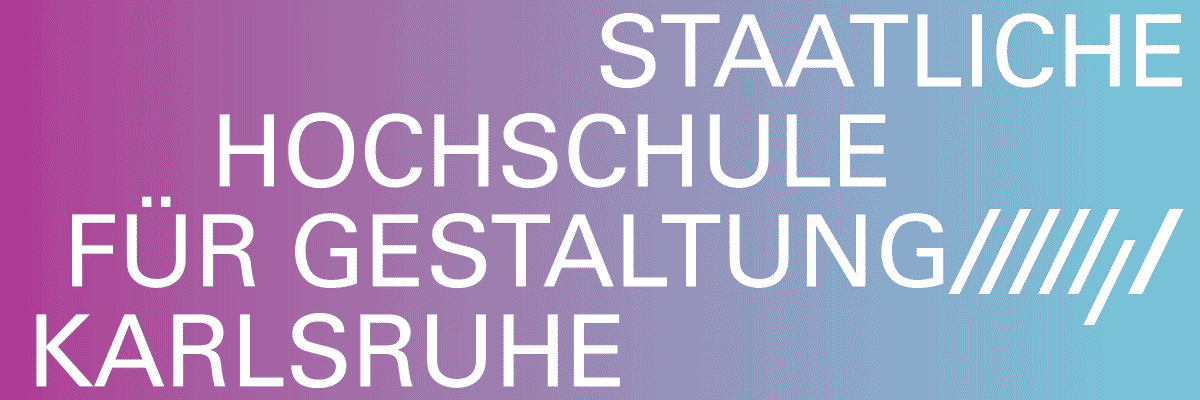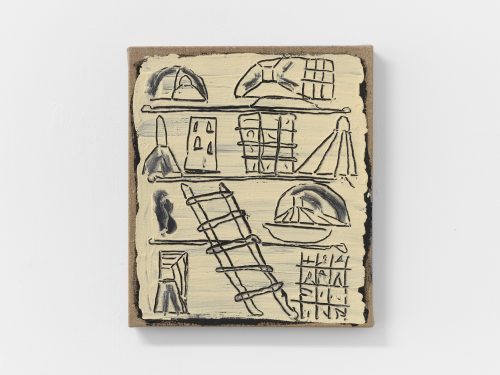
Elise Corpataux, Emanuel Rossetti, Luise Thiele and Zach Rockman
Siddhartha
Project Info
- 💙 chess club
- 💚 Amanda Weimer
- 🖤 Elise Corpataux, Emanuel Rossetti, Luise Thiele and Zach Rockman
- 💜 Sasha Lukashenkova
- 💛 Esteban Pérez
Share on

Advertisement


Luise Thiele, House of the Actresses, 2024, chalk on wood, 16 x 40 x 50 cm

Zach Rockman, Resurrection I, 2025, silkscreen ink and acrylic on cotton canvas, 100 x 132 cm

Elise Corpataux, Untitled (from ALL YOU HAVE IS NOW), 2021, acrylic on canvas, framed, 36 x 25 cm

Emanuel Rossetti, Sunset on Dead Horse Bay, 2024/2025, b/w print on baryta paper, inkjet print on semigloss paper both mounted on PVC, framed, 40 x 40 x 1.5 cm each

Zach Rockman, Naraka I, 2025, silkscreen ink and acrylic on watercolor paper, 100 x 160 cm

Elise Corpataux, What I wanted, 2023, acrylic and transfer paper on canvas, 32,5 x 43 cm

Luise Thiele, Siddhartas Stick, 2025, folder, various drawings colored pencil, chalk on paper

Luise Thiele, Shopping Mall, 2024, epoxy on wood, light, 1,80 x 40 x 50 cm
"Govinda," sprach Siddhartha zu seinem Freunde, "Govinda, Lieber, komm mit mir unter den Banyanenbaum, wir wollen der Versenkung pflegen”
Hermann Hesse
“Get attached to everything, develop attachments to whatever you see that are so profound that you go insane”
Instagram brainrot
"Comparée aux ténèbres, la lumière est un vide”
Clarice Lispector
Imagine looking through someone’s eyes without having any control over what these eyes look at (as if you are trapped amidst the lines of a book). Try to imagine looking through the eyes of a looker, someone who contemplates the object calmly yet intensely. The contemplation is perfectly still, selfless, uninterrupted. It is the point where there is no subject therefore there is no object and vice versa. Imagine merging with someone who sinks into everything one looks at, who hears the eternity in each click-clack of the clock. Imagine looking through the eyes perfectly still — wouldn’t it be like gazing through two orifices? Would it be voyeuristic if there is nothing to hide — no you, no me, no us? All is the perfect continuity of One that expresses itself through the infinite number of forms, each of them in the state of total perfection. Every thing experienced is the exact correlation between the idea and its manifestation. Even though there is no “better” in such scenario, a question remains: is it better to disinvest from the world in order to find the inner peace, or better not to, since the price would be that every feeling, any casual drama, the human life itself — they all would vanish into indifference?
Now imagine a person who sits on a chaise-long far up in the Swiss mountains. He writes a book about another person, someone in the mountains, yet these are different mountains, they are on the opposite side of the globe. The protagonist, a young monk, is searching for liberation from the eternal return of dharma. Is the author looking for the same thing given that he is neither Buddhist, nor monk? Things repeat themselves, they repeat and repeat and repeat and repeat and repeat and repeat. They repeat themselves and each other to the point yet undiscovered. Breath, wink, yawn, window, another window, another city, another cloud, another mountain, another hole. Life replicates itself, death multiplies itself, all “normal” activities tend to become a routine. Therefore, to be original is to be perfectly useless, to do absolutely nothing. Idleness might be unoriginal but it is not repetitive, because it is continuous as well as it is singular. Sitting still or standing still or leaning against the wall as well as lying in a field in a foetus position — those are kind of very, very special moments.
But how would you even dare to do nothing these days, right?
Humanity feels dark, it also feels the dark. But it’s the rule of life that the more you are afraid of something, the more you are becoming it. Another rule is when you stare into the abyss, it stares back at you. So? You cannot fight darkness by shutting the door or leaving the dark place only to find another one. In fact, you do not fight it at all — there is no use. All you can do is to get to the point where you suddenly realize that the light is much better seen from the dark spot (especially if what one looks at is a projection). If all you see is darkness, it’s either because your eyes are closed, or because you turned your back to the lit. Yet either way, if you accept the transparency of the present, you’ll be surprised by how easily the light penetrates everything on its way.
____________
Siddhartha presents the pieces by three artists, whose works are interconnected via an attitude of focused detachment: the overlay of forms is contrasted by a forced perspective of the internal observer, where the imaginary and the factual are fused in a certain discontinuity of consciousness. The limitations of the visible point out the confined nature of perspectivism, yet they also indicate the imaginary plane of interpretation where all ideas are true. Through the variety of media within the show, the notions of recurrence, receptivity and positioning are articulated, resulting in a constellation of objects that mobilises the subjective frame of gaze: as the photography inserts a trace of perception into the matter, the sculptures signify the immediate presence yet unexplained, whereas the paintings, sketching dawn and birth, introduce the idea of linear time as fantasy, placing the hypothetical observer into a short moment of stillness — the place, where things exist as long as they are perceived, whereas the eye creates its own object, fabricated out of the constant movement of matter and the intrinsic stillness of mind.
Sasha Lukashenkova




